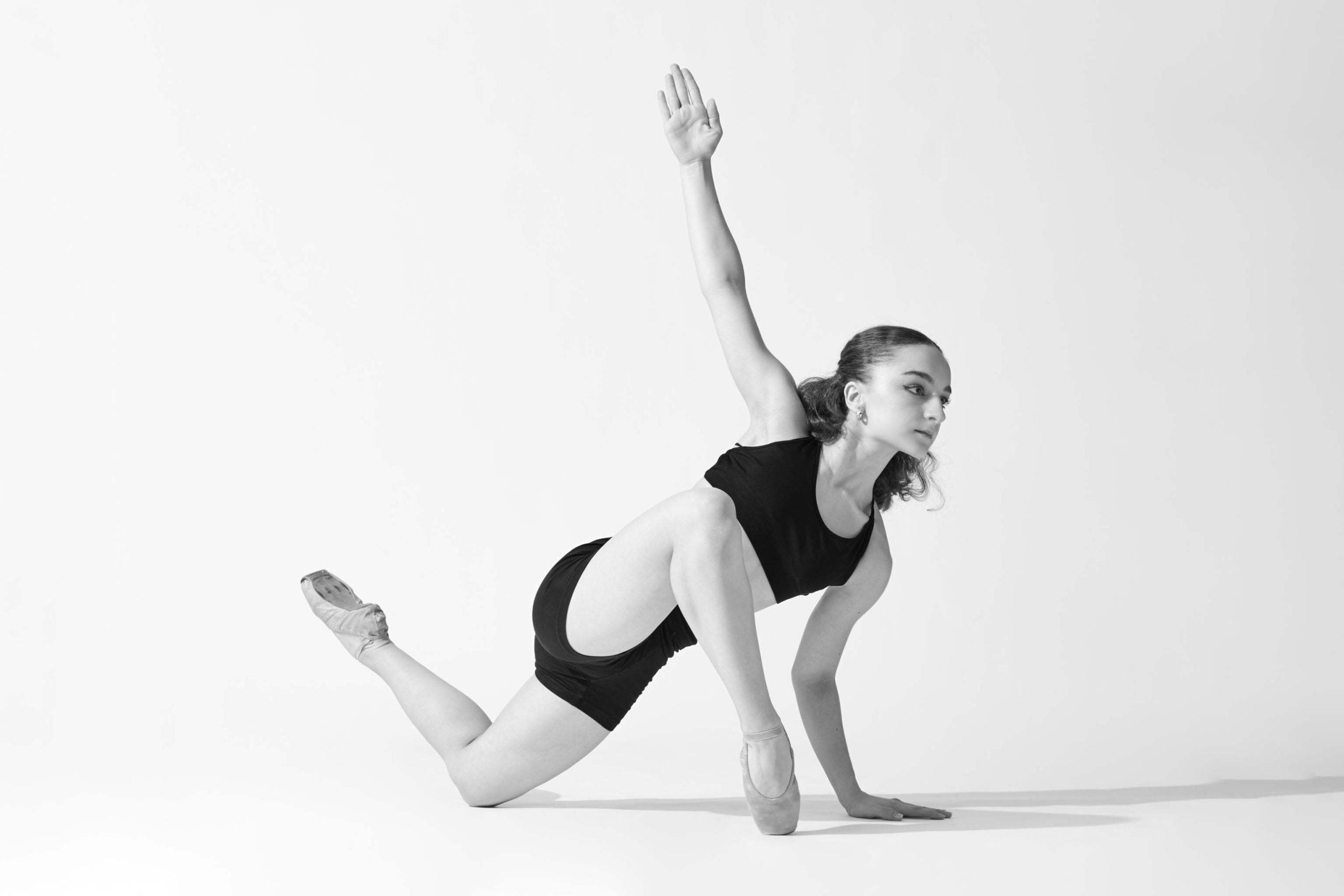16
Sep 2025
Shooting in Black and White
A Guide for Photographers
Black and white photography offers a timeless quality and emotional depth that color photos often can’t replicate. By removing color, black
and white images draw the viewer’s attention to light, texture, shape, and composition, making them powerful tools for storytelling. Here’s a
guide to help photographers make the most of black and white photography.
1. Understand the Role of Light and Contrast
Light is the essence of black and white photography, as it creates contrast and brings depth to your images. In the absence of color, the
relationship between highlights and shadows becomes critical. To capture a striking black and white image, seek out lighting situations
that provide natural contrast, like early morning or late afternoon sunlight, or dramatic side lighting indoors.
2. Emphasize Texture and Detail
In black and white photography, textures take center stage. Whether it’s the rough bark of a tree, the smooth lines of a dance studio Coor, or
the Dne details in a portrait, textures can add intrigue and dimension. When shooting in black and white, consider how different surfaces
will look in monochrome, and use angles that enhance these textures.
3. Focus on Composition
With color removed from the equation, composition becomes a more prominent feature in black and white photography. Elements like
lines, shapes, patterns, and balance are crucial in creating a well-composed shot. Use leading lines to draw the viewer’s eye, experiment
with framing, and play with symmetry to create visual interest.
4. Choose Your Subject Carefully
Not every subject works well in black and white, so it’s important to consider how your subject will translate without color. Scenes with bold
contrasts, strong shapes, or intense textures often make the most impactful black and white photos. Subjects like portraits, architectural
structures, and moody landscapes are particularly well-suited to monochrome.
5. Use Filters to Enhance Contrast
In digital photography, Dlters can help control contrast and tones. Red, orange, and yellow Dlters can make skies appear darker and clouds
more pronounced, while green Dlters can add subtle contrast to foliage. Editing software offers many Dlter effects that replicate these
traditional color Dlters, allowing you to adjust tones and contrast in post-processing to enhance the Dnal image.
6. Experiment with Shadows and Highlights
Shadows and highlights add dimension and impact to black and white images. When shooting in black and white, observe how shadows
fall across your scene and how highlights emphasize certain elements. Adjusting your camera settings to expose for highlights or shadows
can change the mood entirely and help you create a striking monochrome effect.
7. Shoot in RAW for Greater Editing Flexibility
Shooting in RAW format provides the most Cexibility for editing in black and white, as it captures more information in shadows, highlights,
and midtones. This extra detail is especially helpful when converting color photos to black and white in post-processing, as it allows you to
Dne-tune contrast and exposure without losing quality.
8. Adjust Tonal Contrast in Post-Processing
In black and white images, the contrast between different tones can signiDcantly impact mood and clarity. Using editing tools like contrast,
clarity, and curves allows you to Dne-tune these tones. Increasing contrast can make an image more dynamic, while reducing it can create a
softer, more nostalgic feel.
9. Consider Emotional Impact
Black and white photography has a unique ability to convey emotion. By stripping away color, these images often evoke nostalgia, drama,
or a timeless quality that enhances the story you want to tell. When capturing black and white photos, consider the emotional message you
want to communicate, and use light, shadow, and composition to amplify it.
10. Practice Seeing in Monochrome
One of the biggest challenges of black and white photography is training yourself to see the world without color. Practice visualizing
scenes in terms of light, contrast, and texture. Some cameras offer a black and white mode for previews, allowing you to see how an image
might look without color, which can be a helpful exercise when framing shots.
